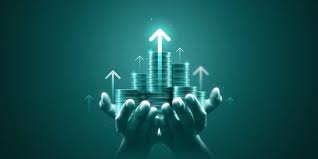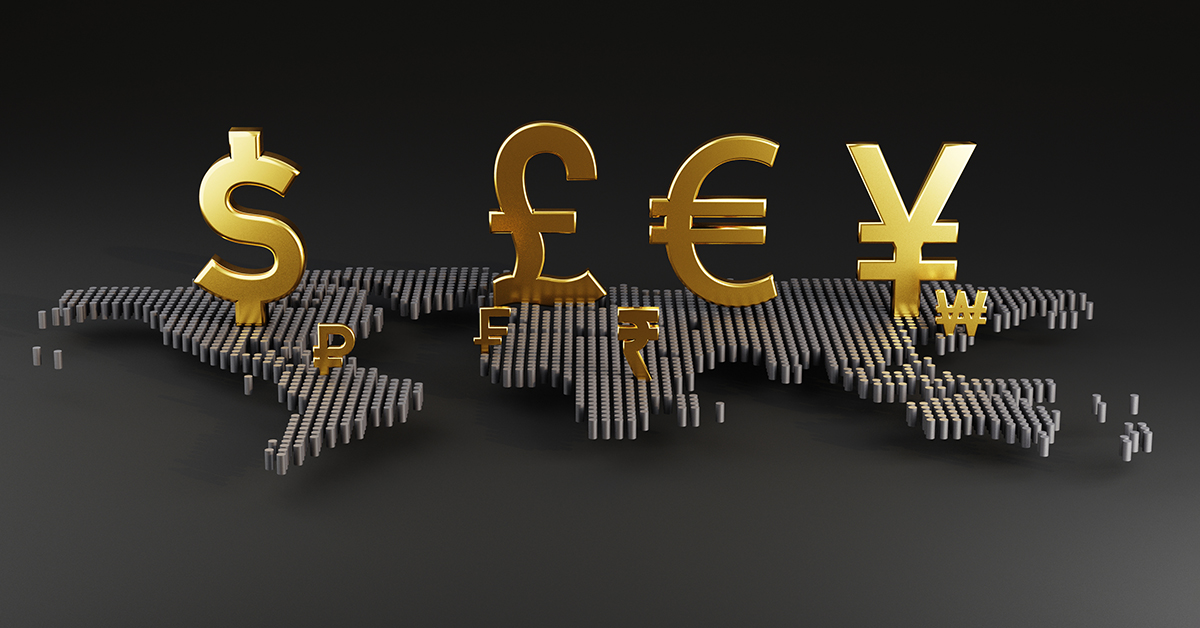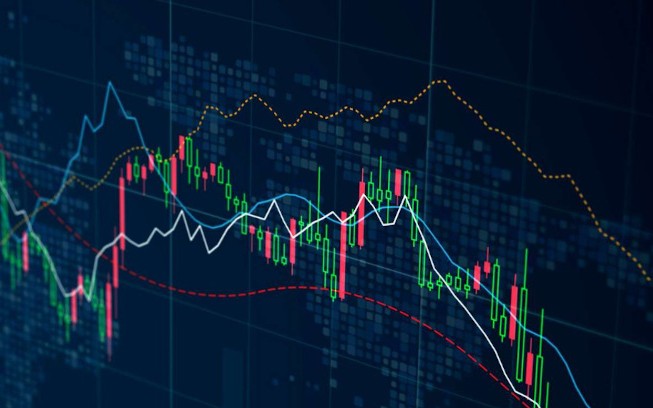
In the burgeoning world of financial markets, automated forex trading Turkey Brokers are leveraging the power of technology to enhance forex trading experiences. Automated forex trading, also known as algorithmic trading, has emerged as a significant player in this space, revolutionizing the way traders approach the currency markets.
Understanding Automated Forex Trading
Automated forex trading involves the use of computer programs and systems to execute trades on behalf of a trader. These systems are programmed with specific algorithms that can analyze market conditions and make trading decisions at lightning speed. This technology not only removes the emotional component from trading but also increases the efficiency and precision of trades.
The process typically involves writing a set of instructions that determine when to enter and exit trades, how much capital to invest, and what risk management strategies to employ. As a result, traders can focus on the broader strategy while letting automation handle the details.
Advantages of Automated Forex Trading
There are several advantages to utilizing automated trading systems in the forex market:
1. **Elimination of Emotional Trading**: Automated systems remove the psychological elements that often lead to poor decisions in trading. The system follows a predefined set of rules, ensuring consistent trading behavior.
2. **Increased Efficiency**: These systems can analyze vast amounts of market data in real-time, identifying trends and executing trades faster than any human could.
3. **Backtesting Capabilities**: Traders can evaluate their strategies against historical data before risking real money. This backtesting feature is crucial for optimizing trading algorithms.
4. **24/7 Market Monitoring**: Automated systems can operate continuously, allowing for trades to be executed at any time, capturing opportunities that may arise while the trader is not actively monitoring the market.
5. **Diversification**: An automated system can monitor multiple currency pairs simultaneously, effectively diversifying a trader’s portfolio and spreading out risk.
Technologies Behind Automated Forex Trading

The technology that underpins automated forex trading has advanced significantly in recent years. Several key components contribute to its success:
– **Algorithm Development**: The backbone of any automated trading system is the algorithm. Traders often use programming languages like Python or specialized platforms such as MetaTrader (MT4/MT5) to develop these algorithms.
– **Trading Platforms**: Platforms such as NinjaTrader, TradingView, and MetaTrader provide the necessary framework for automated trading. They offer tools for backtesting, strategy development, and live trading.
– **APIs (Application Programming Interfaces)**: Forex brokers typically provide APIs that allow traders to connect their automated systems with the broker’s trading platform. This connection is crucial for executing trades.
– **Machine Learning and AI**: Some advanced automated trading systems utilize machine learning and AI to improve trade execution and risk management. These systems can adapt to changing market conditions and optimize trading strategies over time.
Strategies for Automated Forex Trading
Different trading strategies can be implemented through automated systems. Here are a few popular approaches:
– **Trend Following**: This strategy involves identifying and trading in the direction of the current market trend. The system automatically enters and exits trades based on trend indicators like moving averages.
– **Mean Reversion**: This strategy is based on the idea that prices will revert to their historical mean over time. Automated systems identify extreme price movements and execute trades in anticipation of a reversal.
– **Arbitrage**: The arbitrage strategy exploits price discrepancies between different markets or instruments. Automated systems can quickly identify these opportunities and execute trades before the market corrects itself.
– **Scalping**: Scalping involves making numerous small trades to capture tiny price movements. Automated systems excel in this strategy due to their speed and ability to operate continuously.
The Future of Automated Forex Trading

As technology continues to evolve, the future of automated forex trading looks promising. Advancements in machine learning, artificial intelligence, and real-time data analysis will further enhance the efficiency and effectiveness of these trading systems.
Moreover, the accessibility of automated trading through platforms and brokers will likely increase, enabling more retail traders to participate in the forex market. As the industry matures, regulatory advancements will also shape the environment for automated trading, ensuring that it remains safe and fair for all participants.
Challenges Faced by Automated Forex Traders
Despite its advantages, automated forex trading is not without challenges:
– **Market Volatility**: Automated systems can sometimes overreact to sudden market volatility, leading to unexpected losses.
– **System Failures**: Technical issues, such as connectivity disruptions or software bugs, can hinder trading performance and result in missed opportunities.
– **Dependence on Accurate Data**: The efficacy of an automated trading system hinges on the quality of the data it uses. Incorrect or outdated data can lead to poor trading decisions.
– **Over-Optimization**: Traders may be tempted to optimize their algorithms too much based on historical data, resulting in strategies that perform well in the past but fail in live conditions.
Conclusion
Automated forex trading has transformed the landscape of currency trading by providing traders with new tools and strategies to enhance their trading experiences. With numerous advantages, such as the elimination of emotional trading, increased efficiency, and the ability to operate around the clock, it is clear why many traders are adopting this approach.
However, as with any trading strategy, success requires careful consideration and continuous evaluation. By understanding the advantages and challenges of automated trading, traders can position themselves to take full advantage of the opportunities the forex market presents in this automated era.
Embracing technology in trading can pave the way to achieving financial goals and success in the complex but rewarding world of forex trading.